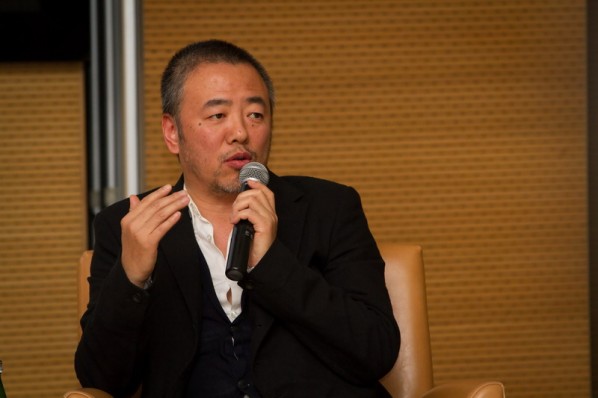
Time: 10:00 am, on April 15, 2013
Location: CAFA Art Museum
Journalist: Wang Haochen
Transcripts: Wang Haochen
Wang: First of all, could you talk about the structure of the exhibition, and what you want to express to the audience?
Han: It’s my retrospective exhibition, but not a strict retrospective solo exhibition. I have been engaged in design since the1990s and I would like to describe the designer’s identity of our generation through three parts. I want to show my thinking of graphic design in the first part, entitled “The Essence Hidden in the Design”, featuring several works. Actually, it’s my own personal creation, different from the normal graphic design, basically assigned around a theme. For example, I had transformed works that had featured in a Korean Design Invitational Exhibition into a video. In addition, it presents an installation that is a collection of graphic works from the daily life of our generation and my father’s. In fact, all the things in our daily life have an important influence on the aesthetic judgment and concept of the designers in the future, which is most real and essential. I wish to present my personality, the background of the designers of our generation in some stage, to the public. In the second part, it features the state as a designer from the 1990s until now. It’s known that graphic design is a complicated work to do as it includes the brand image, package design, advertising, poster, book, etc. It’s the very designers of my age that encounter revolutionary times in Chinese society, diverted from a planned economy to a market economy, with a growth in demand for design, but few real designers. The intent is basically to present a microcosm of the designer of our age and time, reflection of a real state. The third part is back to the essential thinking of design. Involved in a number of experimental trials, I also finished some works instead of concentrating only on graphics, such as space design, product, including some experimental artistic creations, like a designer. Wang: Why do you present the conjunction of installations and books in the first works “5000 × 50 × 500”?
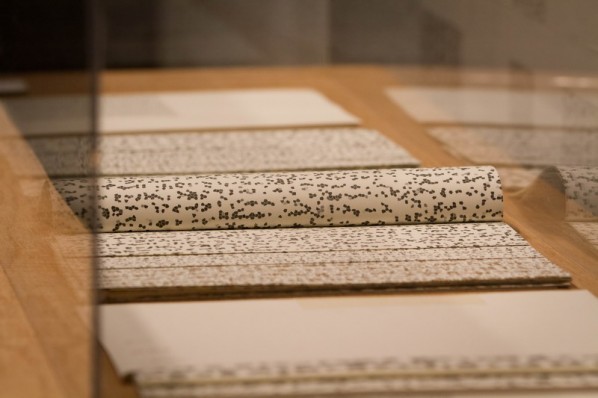
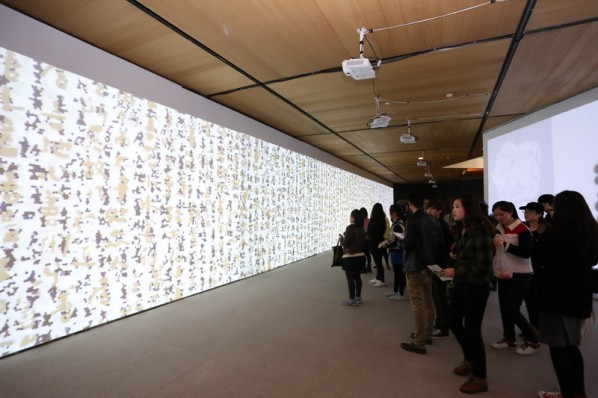
Han: In fact, this is an issue that we have always been thinking about. A designer of our generation studied a lot of traditional Chinese education. I recall, when I studied in Xi'an Academy of Fine Arts, the teachers forced us to copy the pattern of the Dunhuang Frescoes. We studied Western modern design theory after class. And the teacher’s reading room was the only place to see Picasso’s album, as a student wasn’t allowed to learn anything except for Soviet Realism. Recalling that, it actually laid a deep imprint and foundation on us, it’s obvious that the cultural tradition is the most original thing in a person.
Actually I prepared this book more than ten years ago, but I was too busy to implement it, except for some drafts. The subject was picked up when I was preparing for an exhibition.
Wang: As you just said traditional Chinese culture was the source of your creation, what do you think of the situation that it’s used rigidly in the works through direct application or piled symbols, by many young Chinese designers?
Han: I think this may originate from the failing of the fundamental education. Firstly we were relatively idealistic when studying in school, while people today are too utilitarian, learning things only for immediate use, without an entire system, except for rigid misappropriation and imitation, to foster a designer satisfying the requirement of present design. I find that the students have a strong capability in in-depth study when they are allowed to do it. Secondly, it’s critical as that whether you really like traditional culture?
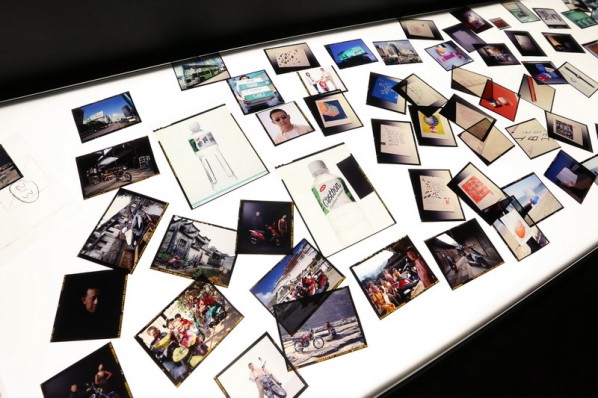
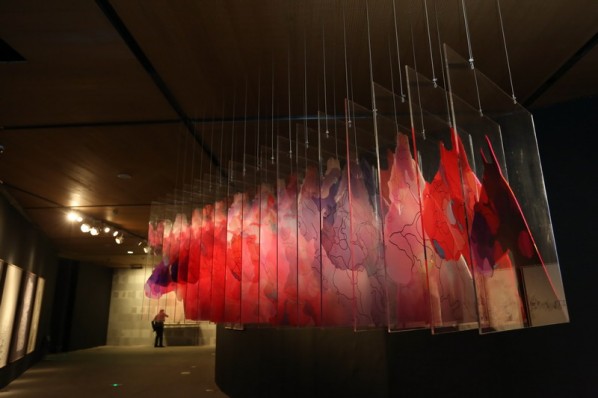
Wang: Under the most traditional art education background, you practiced design in the open and developing city of Shenzhen, would you think that there’s any conflict between the two contexts? Han: This is the most acute contradiction in the relationship between design and society in China, I don’t believe that it is a conflict between art design and commerce, and should never be. But today, it’s said that when you have mastered the high ground of art and aesthetics, you won’t be integrated into society, or their expression must be contradictory to society. I have been in cooperation with Chinese enterprises and organizations for more than two decades, in my opinion, the most critical reason is that Chinese designers lack an ability in professional skills, that is, you cannot be satisfied. What you have is a paper tiger, not working only good looking. It is rooted in education, which has never made a designer play a leading role in the community, but is led by others and results in designers becoming the hand of others, without any individuality, though you are nothing if you do not have good skill. A designer should have the ability to lead educational development, when he/ she pushes themselves onto a healthy track, transforming the cognition, concept and aesthetics, solving issues, the works have a healthy influence in society, I believe that it makes sense. The most talented students study in CAFA, with a very good sense in art, but many of them run away when facing problems in society. Design develops slowly, the demand today is not the same as in the 1990s. On the contrary, the 1990s were more open to contemporary art, exposing some bad primitive habits and aesthetic tastes in the community, which are difficult for a designer to change.
To be continued...




























